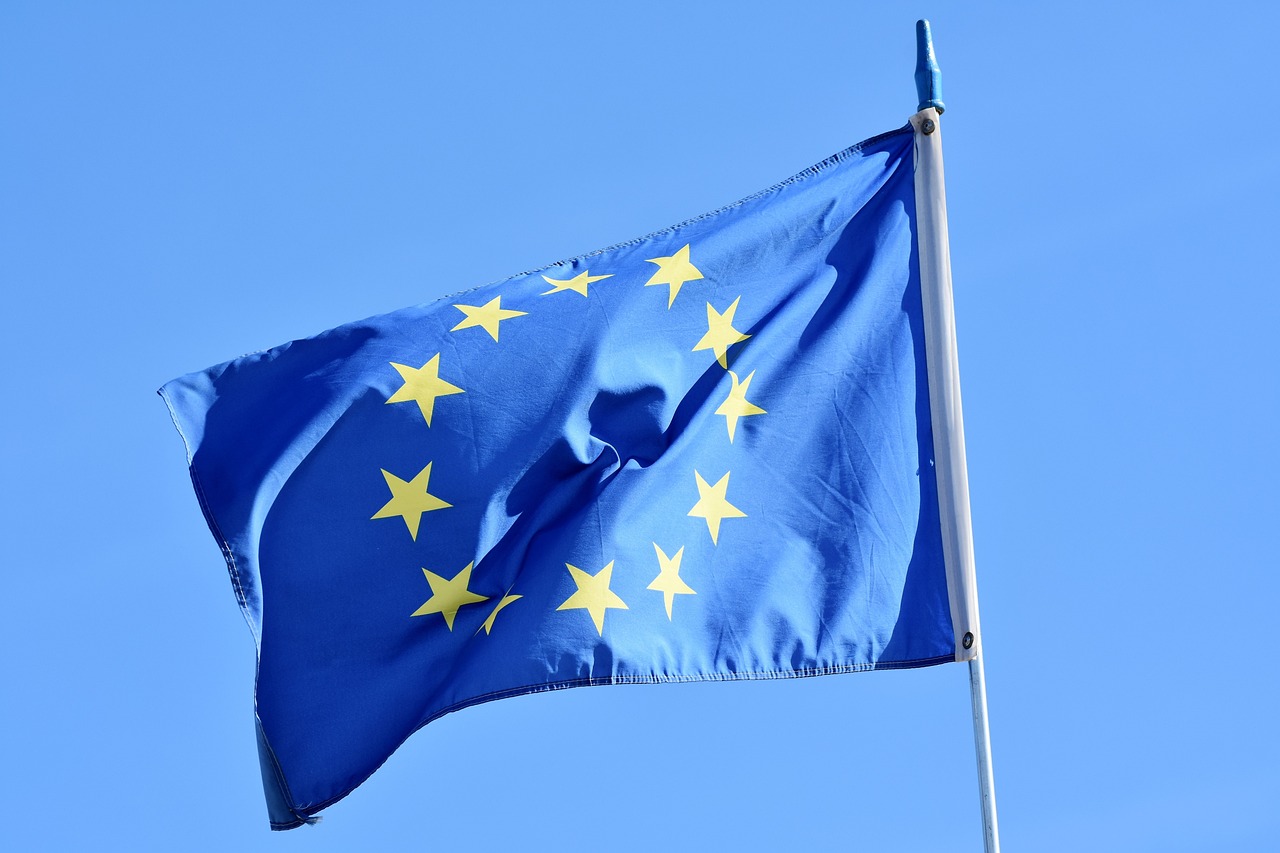Understanding the EU Batteries Regulation: Key Deadlines and Obligations for Producers
by Anaay Vora at 14:39 in Battery, Circular Economy

The EU Batteries Regulation (EU) 2023/1542, which came into force on 17th August 2023, introduces stricter requirements for batteries and waste batteries. It aims to create a more sustainable, circular and responsible battery industry within the EU. This regulation repeals the Battery Directive 2006/66/EC with effect from 18th August 2025 and amends the Waste Framework Directive 2008/98/EC and the Market Surveillance and Compliance of Products Regulation (EU) 2019/1020.
Since this is a regulation, it is legally binding and applies directly in all EU member states, without requiring national transposition. Compliance is therefore mandatory in all EU member states.
What does the batteries regulation currently obligate producers to do?
Labelling: Batteries must have a CE mark affixed to them (or if this is not possible, it must be on the packaging and the documents accompanying the battery) before they are placed on the market. Moreover, batteries containing more than certain amounts of cadmium and lead must be marked with the chemical symbol of the metal concerned.
Conformity assessment: Economic operators placing batteries on the EU market must ensure compliance with the regulation by following specific conformity assessment procedures. Depending on how batteries are manufactured, different procedures can be followed. These procedures help ensure batteries meet sustainability, safety and performance standards before reaching consumers.
Key compliance deadlines for producers:
Although the regulation is already in force, most requirements will be phased in over the next few years. Below are the key dates producers need to look out for:
18th August 2025:
Although extended producer responsibility (EPR) was mandated in the 2006 batteries directive, this regulation enforces stricter requirements.
EPR: Any producer who places batteries on the EU market will be subject to EPR obligations. This means the producer will financially cover the costs of waste management for any battery placed on the EU market. The EPR obligations of the producer can be fulfilled by a producer responsibility organisation (PRO). However, member states may adopt measures to make the appointment of a PRO mandatory. Additionally, producers will need to appoint an authorised representative for EPR in each member state in which they sell batteries in.
Due diligence: Certain economic operators of specific batteries will be required to implement due diligence policies. These policies involve evaluating supply chains, identifying risks (such as environmental or human rights concerns) and implementing measures to mitigate them. Companies must disclose their due diligence information to a notified body.
Labelling: All batteries must be marked with the separate collection symbol, which must follow a specific design mandated by the regulation.
Take back: Distributors must take back waste batteries from the end-user free of charge, without imposing an obligation on the end-user to buy or to have bought a battery.
18th August 2026 or 18th months after the implementing act enters into force:
Labelling: Batteries placed on the market must include a label containing general information about the battery.
Labelling: Specific labelling requirements on capacity and duration will apply for rechargeable and non-rechargeable portable batteries respectively.
18th February 2027:
Battery passport: Light means of transport and industrial batteries with a capacity greater than 2 kWh and electric vehicle batteries placed on the EU market must be electronically registered under a battery passport system. The battery passport is an electronic record which allows consumers and regulators to access information about the battery.
Labelling: All batteries must have a QR code which gives access to conformity declarations, waste battery management and more.
Removability and replacement of portable batteries: Economic operators incorporating portable batteries in their products must ensure that those batteries are readily removable and replaceable by the end-user at any time during the lifetime of the product. Products incorporating portable batteries must be accompanied with instructions and safety information on the use, removal and replacement of the batteries.
18th August 2028:
Recycled content: Producers of certain industrial batteries with a capacity greater than 2 kWh and other specific batteries, must document the percentage of active materials recovered from waste or post-consumer waste of lithium, nickel, lead and cobalt.
18th August 2031 and 18 August 2036:
Recycled content: Producers of certain industrial batteries with a capacity greater than 2 kWh and other specific batteries, must demonstrate that batteries placed on the EU market contain the following minimum percentages of active materials recovered from waste or post-consumer waste:
- 18th August 2031: 16% cobalt, 85% lead, 6% lithium and 6% nickel.
- 18th August 2036: 26% cobalt, 85% lead, 12% lithium and 15% nickel .
How will this impact producers and how can we help?
The EU batteries regulation now means producers must navigate a complex regulatory landscape with multiple deadlines and evolving obligations such as EPR obligations, due diligence requirements, strict labelling measures, minimum recycled content requirements and more. Non-compliance could result in penalties and fines and therefore it is crucial that producers comply with this regulation.
Lorax EPI continuously tracks legislation and ensures producers are informed of any amendments or changes, helping them stay ahead of the curve. We act as a trusted partner in helping producers navigate the complex regulatory landscape and we streamline EPR reporting.
 Click here to receive regular updates on blog posts, webinars, and regulatory changes directly to your inbox
Click here to receive regular updates on blog posts, webinars, and regulatory changes directly to your inbox

